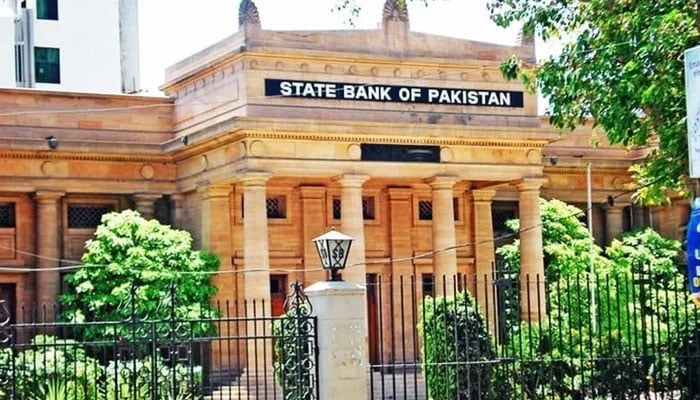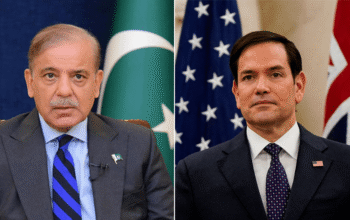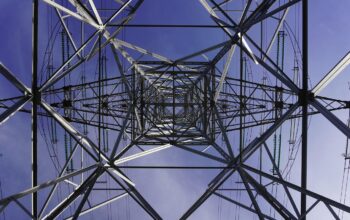By Staff Reporter
KARACHI: Pakistan’s central bank has lowered its key policy rate by 200 basis points to 17.5%, the third consecutive reduction since June, as inflation cools and growth prospects brighten.
“The MPC assessed that the real interest rate is still adequately positive to bring inflation down to the medium-term target of 5%–7% and help ensure macroeconomic stability,” the State Bank of Pakistan said in a statement.
“The pace of this disinflation has somewhat exceeded the Committee’s earlier expectations, mainly due to the delay in implementing planned increases in administered energy prices and favorable movement in global oil and food prices.”
The central bank has lowered borrowing costs by 450 basis points since June, taking advantage of cooling inflation to support economic growth. This move comes as price gains eased to their lowest level in almost three years last month, with the inflation rate dropping to a single digit in August. The SBP now expects average inflation to fall below its earlier forecast range of 11.5%-13.5% for the year.
The rate cut aims to support economic growth, which is expected to accelerate to 3.6% in the year through June 2025, from 2.4% last year. Prime Minister Shehbaz Sharif’s government has implemented policies to stabilize the economy after last year’s crisis.
“Both headline and core inflation fell sharply over the past two months. The pace of this disinflation has somewhat exceeded the Committee’s earlier expectations, mainly due to the delay in implementing planned increases in administered energy prices and favorable movement in global oil and food prices,” the central bank said.
“At the same time, the Committee acknowledged the inherent uncertainty related to these developments, which warranted a cautious monetary policy stance. In this regard, the Committee underscored the importance of maintaining a tight monetary policy stance in driving the sustained decline in inflation over the past year.”
The SBP assessed that the real interest rate is still adequately positive to bring inflation down to the medium-term target of 5–7% and help ensure macroeconomic stability. “This would be essential to achieve sustainable economic growth over the medium term.”
Real Sector
Pakistan’s economy has shown a moderate pickup in activity, with high-frequency sales indicators increasing in August. Domestic cement sales rose 8.5% month-on-month, while petroleum sales (excluding furnace oil) grew 6.8%. Business sentiment surveys also support this assessment, with manufacturing firms reporting increased capacity utilization. However, the outlook for the agriculture sector has weakened due to an expected shortfall in cotton production.
External Sector
The current account deficit narrowed to $0.2 billion in July, driven by strong worker remittances and improved export earnings. The global macroeconomic environment has also turned favorable, with softening crude oil prices and easing global financial conditions. Import volumes are expected to increase, but the improvement in the country’s terms of trade is expected to contain the overall trade deficit.
Fiscal Sector
FBR tax collection grew 20.5% in July-August but needs to accelerate to meet the revenue target. Fiscal consolidation has supported monetary policy in bringing inflation down and restoring macroeconomic stability. The gross public debt-to-GDP ratio has declined to 67.2% from 75% at the end of June 2023.
Money and Credit
Broad money growth decelerated to 14.6% in August, primarily due to retirements in private sector credit. Reserve money growth has somewhat reversed but remains lower than its historical trend. The MPC emphasized the importance of planned official FX inflows to reduce the government’s reliance on the domestic banking sector.
Inflation Outlook
Headline inflation eased to 9.6% year-on-year in August, while core inflation declined to 11.9%. The MPC assessed that this decline reflected contained demand, improved supplies of major food items, and favorable global commodity prices. However, the near-term inflation outlook is susceptible to risks, including high core inflation and uncertainty stemming from administered energy prices and global commodity prices.
Copyright © 2021 Independent Pakistan | All rights reserved




